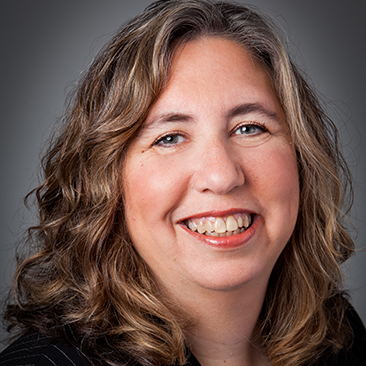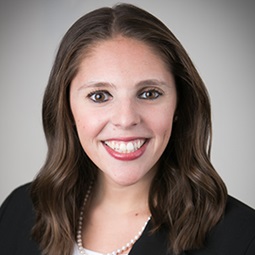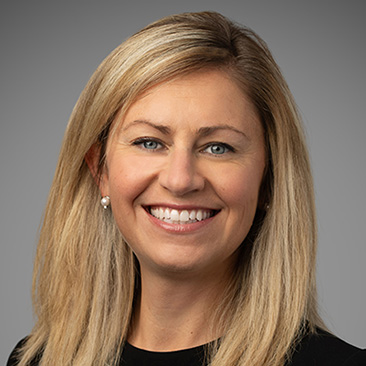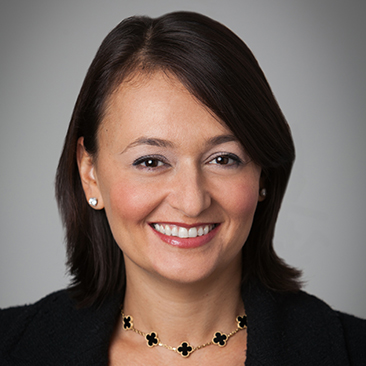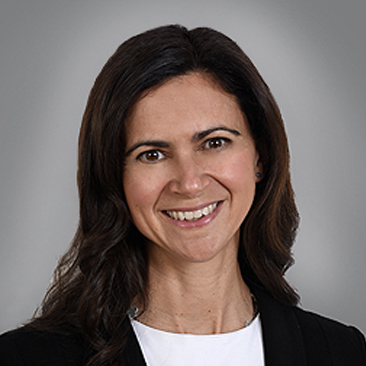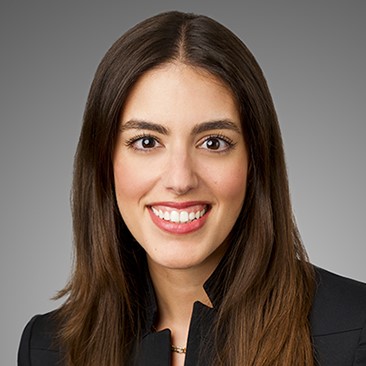On October 23, 2017, the U.S. Securities and Exchange Commission approved a new auditing standard, which will effect the first significant changes to the auditor’s report for SEC reporting companies since the 1940s. The new report will augment the traditional pass/fail opinion with a discussion of “critical audit matters” (CAMs), disclosure of the auditor’s tenure and certain other information. The expanded report also will have a new format. The new auditing standard was approved by the SEC in the form proposed and approved by the Public Company Accounting Oversight Board on June 1, 2017. As discussed further below, auditors’ compliance with specific elements of the new standard will be phased in gradually, with auditor tenure the key focal point for the first phase of implementation, beginning with the 2017 audit report for calendar-year reporting companies.
For a detailed discussion of the new standard, AS 3101, please see our June 6, 2017 alert. We include in that alert tips for senior management and the audit committee, and insights from the UK experience with similar CAM requirements.
The phased approach to implementation is intended to give accounting firms, companies, and audit committees more time to prepare for the CAM requirements, which are expected to be more challenging to implement than the other changes to the auditor’s report. The effective dates of the different elements of the new standard are as follows:
- New format, auditor tenure, and other information requirements: audits for fiscal years ending on or after December 15, 2017;
- Disclosure of CAMs for audits of large accelerated filers: audits of fiscal years ending on or after June 30, 2019; and
- Disclosure of CAMs for audits of all other companies: audits of fiscal years ending on or after December 15, 2020.
Auditors may elect to comply before the effective dates.
The standard applies to all audits conducted under PCAOB standards with the exception that CAM disclosure will not be required for auditor’s reports on the financial statements of “emerging growth companies” (EGCs), brokers and dealers, investment companies (other than business development companies) and employee stock purchase, savings and similar plans. Auditors of these entities may choose to include CAMs in the auditor’s report voluntarily.
The SEC adopted the new standard following a review of public comments. The SEC said it had been persuaded that the communication of “information that is uniquely within the perspective of the auditor … could enhance the value and relevance of audits to the capital markets and other financial statement users in assessing a company’s financial reporting and making allocation and voting decisions.” Noting his strong support for this objective, SEC Chairman Jay Clayton stated that he “would be disappointed if the new audit reporting standard … resulted in frivolous litigation costs, defensive lawyer-driven auditor communications, or antagonistic auditor-audit committee relationships,” as some commentators warned. He applauded the PCAOB’s intention to monitor implementation, including “unintended consequences,” and left the door open for the PCAOB to make changes in the standard in light of experience, including extending the effective date for companies other than large accelerated filers.
What to do now? To prepare for the initial phase of the new standard, which affects all reporting companies, audit committees that have not previously disclosed their consideration of the effect of tenure on auditor independence and audit quality may wish to consider the need to do so in their upcoming audit committee report. As the SEC noted, citing recent surveys and the PCAOB’s own release, “there is a growing trend of voluntary disclosure of auditor tenure in the proxy statement, presumably reflecting audit committees’ use of and investors’ demand for such information.” Moreover, auditor independence remains a priority for both the SEC1 and the PCAOB Inspections staff.2 To prepare for the second phase of the new standard, audit committees and senior management of, at a minimum, large accelerated filers should use the runway the regulators have provided to consider how the new CAM disclosures are likely to affect their companies’ financial reporting controls and procedures and, in the final analysis, their disclosures.
- See, e.g., Wesley R. Bricker, SEC Chief Accountant, Office of the Chief Accountant, Remarks before the University of Tennessee’s C. Warren Neel Corporate Governance Center: “Advancing the Role and Effectiveness of Audit Committees” (Knoxville, TN, March 24, 2017), available here.≈
- See, e.g., PCAOB Staff Inspection Brief, Information about 2017 Inspections (Aug. 2017), available here.≈




